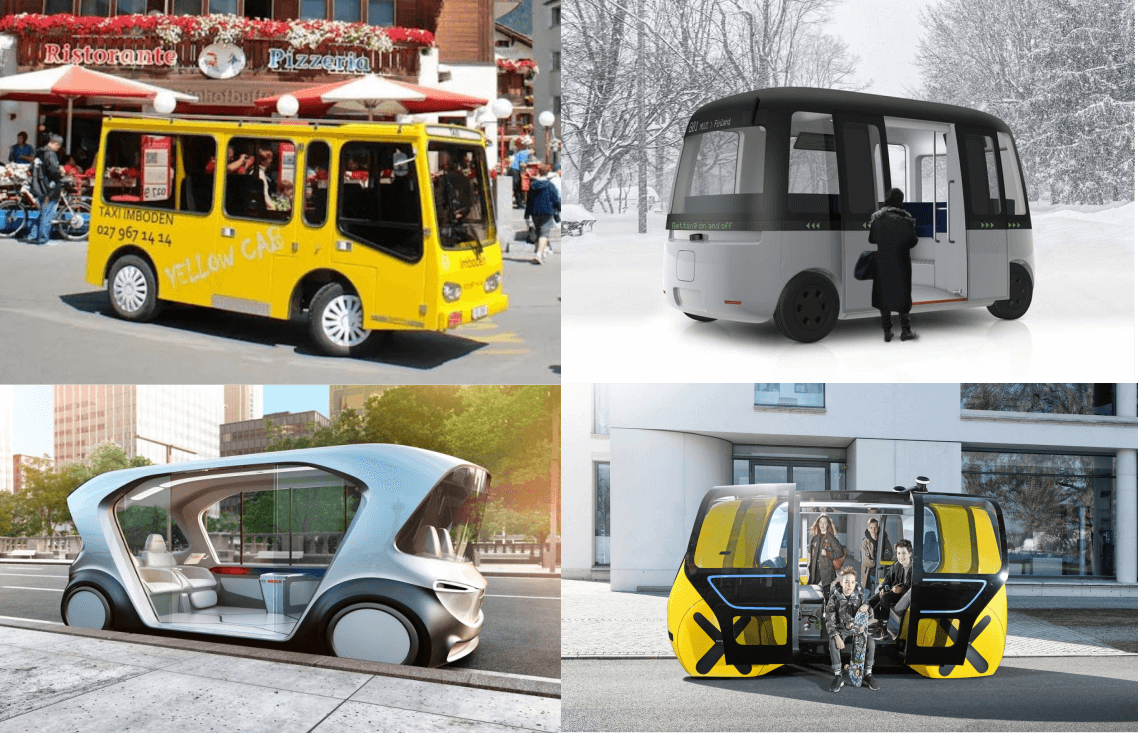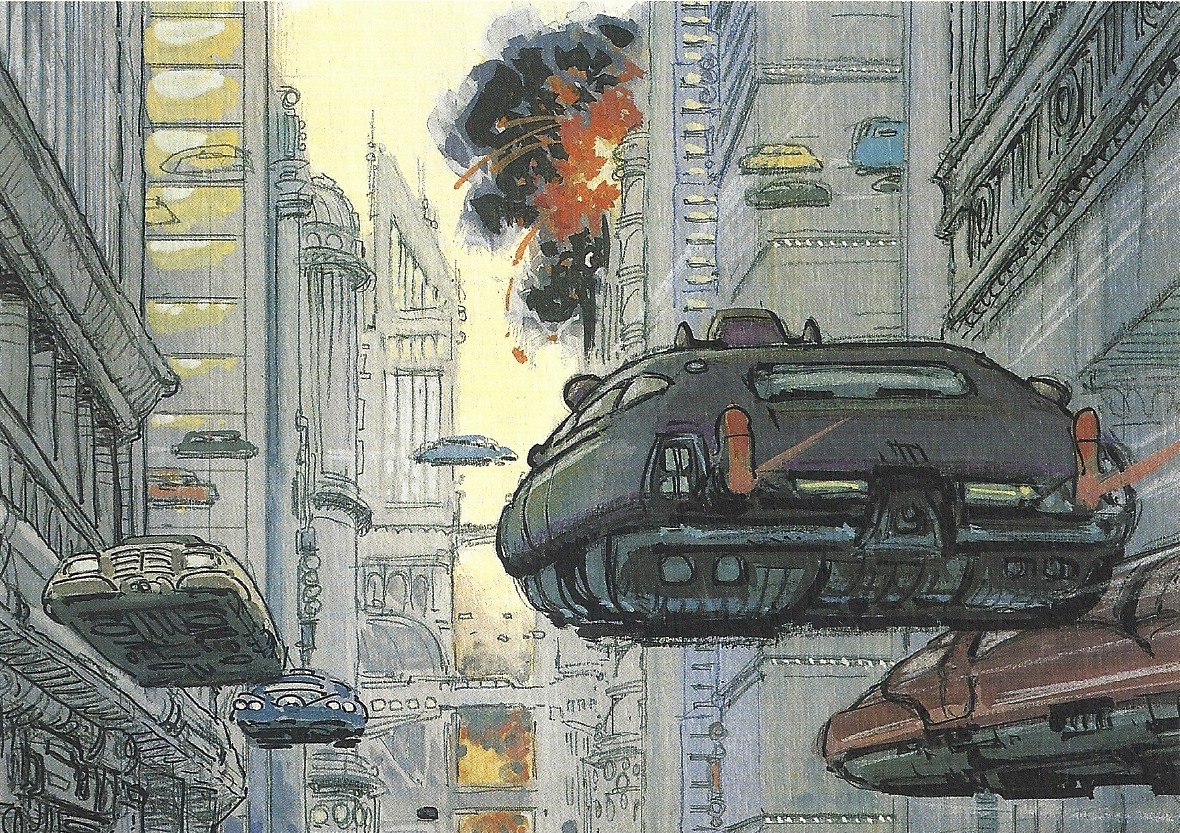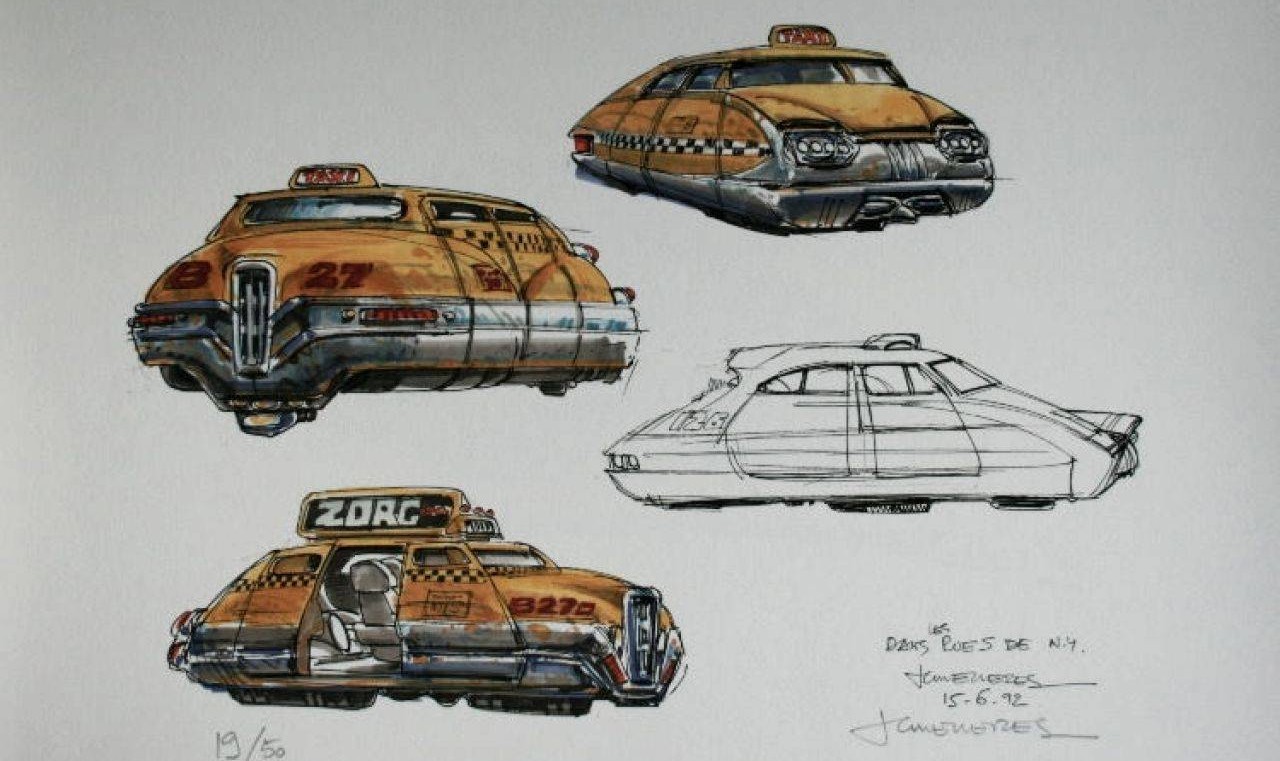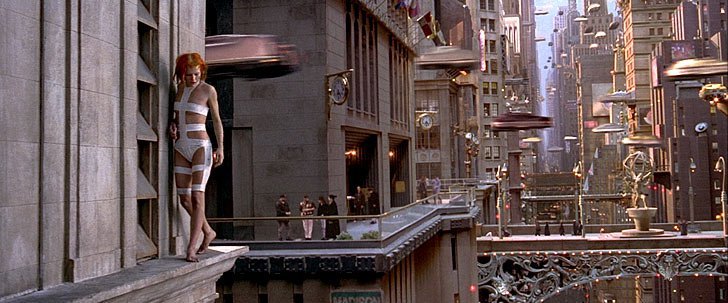
Translation provided by ChatGPT, link to the original article in Russian
Link to Part 1: «Preliminary Analysis» (ру / eng )
Link to Part 2: «Experiments on a Torus» (ру / eng )
Link to Part 3: «Practically Significant Solutions» (ру / eng )
Link to «Summary» (ру / eng )
1 Playing Diplomacy
1.1 What this work is about
You're reading the third and final article in a series dedicated to minibus route schemes that would allow you to travel reasonably quickly, inexpensively, and most importantly, without any transfers, from any intersection to any other within a large city. You'll see many graphs, formulas, and figures below, but before we get to the technical part, I'd like to discuss the challenge of implementing this idea and invite you to participate in solving it.
1.2 A puzzle for the talented and brave (Eccentrics are welcome: 🎶)
I propose an adventure,
I propose a game,
I propose that you become part of a positive change in the lifestyle of almost a billion people around the planet,
I can't do this alone.
To start, I need your help with the following:






